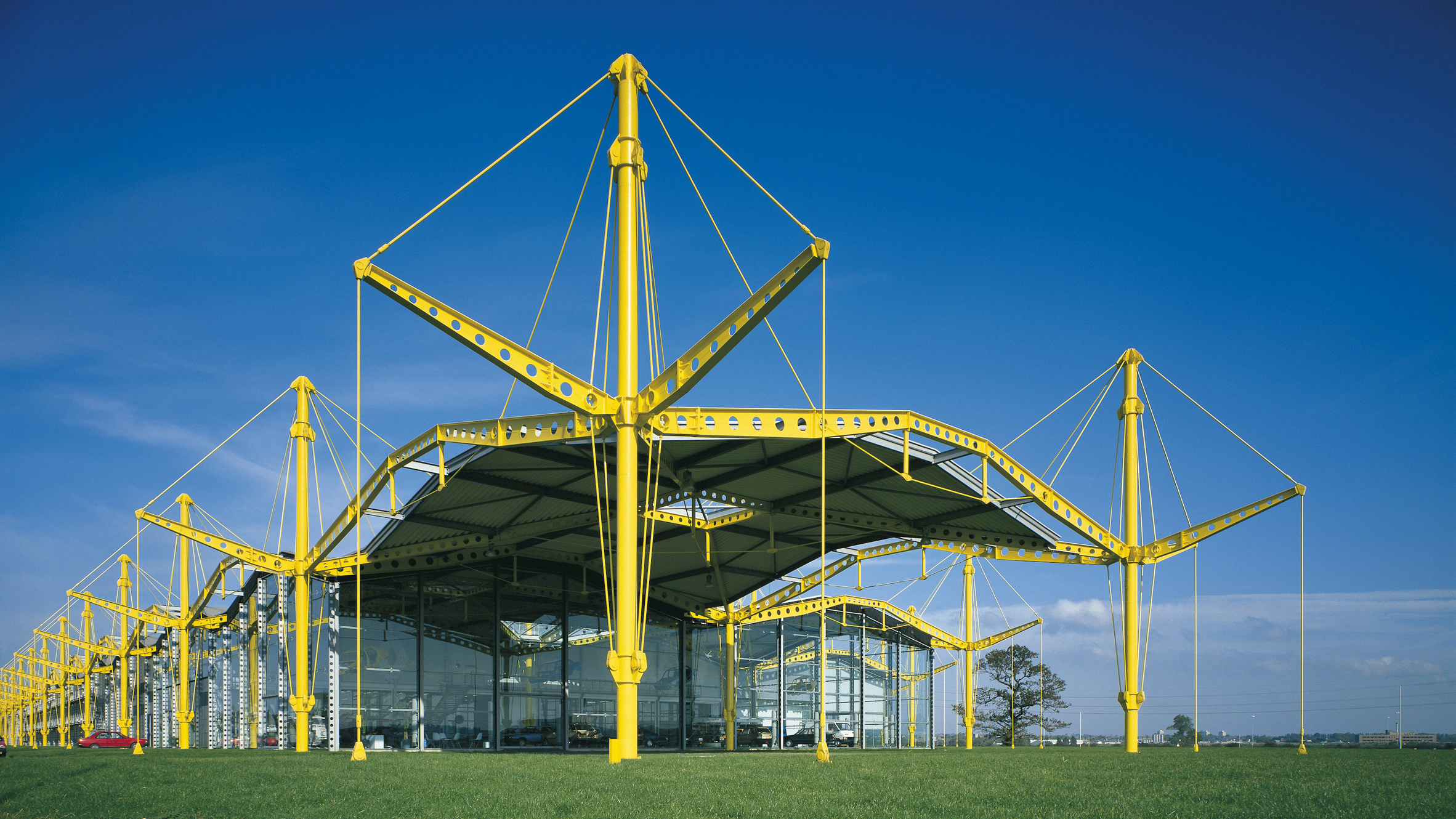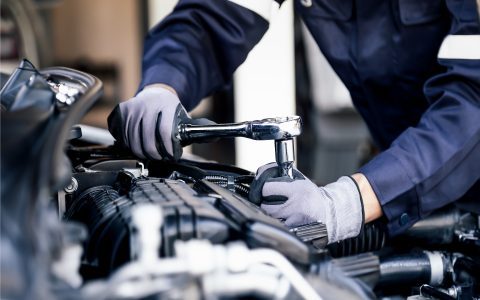A Renault Distribution Centre is a critical logistics hub within the Renault Group's global supply chain network. These facilities are strategically located to manage the storage, handling, and dispatch of Renault vehicles, genuine spare parts, and accessories to dealers, repair networks, and, in some cases, other Renault facilities or direct end-users.
Core Functions of a Renault Distribution Centre
- Inventory Management: Maintaining optimal stock levels of vehicles, genuine parts, and accessories to meet market demand efficiently. This involves forecasting, ordering, and tracking stock movements.
- Warehousing and Storage: Providing secure, organized, and environmentally appropriate storage solutions for a vast range of automotive products, from small electronic components to complete vehicles.
- Order Processing and Fulfillment: Receiving, validating, and processing orders from dealerships, authorized repairers, and other clients. This includes picking, packing, and preparing goods for shipment.
- Dispatch and Logistics Coordination: Arranging and managing the transportation and delivery of goods, ensuring timely, cost-effective, and damage-free shipment through various logistics partners.
- Quality Control: Implementing inbound and outbound inspection processes to ensure that parts and vehicles meet Renault's quality standards before being stored or dispatched.
- Returns Management (Reverse Logistics): Handling the return of parts or components due to warranty claims, incorrect orders, or recalls. This includes inspection, refurbishment, restocking, or environmentally sound disposal.
Renault Distribution Centres play a pivotal role in ensuring high levels of vehicle and parts availability, which directly impacts customer satisfaction and the operational efficiency of the Renault sales and after-sales network. They act as a crucial buffer, smoothing out discrepancies between manufacturing outputs and fluctuating market demands, and are essential for minimizing lead times for vehicle deliveries and repair services.
Effective management of these centres contributes significantly to reducing overall logistics costs, optimizing stock levels across the entire supply chain, and upholding the quality and responsiveness of Renault's after-sales service worldwide.

Scope of Distributed Products
Renault Distribution Centres typically handle a diverse array of products, primarily categorized into:
- New Vehicles: Storing, performing pre-delivery inspections (PDI) where applicable, and preparing new Renault, Dacia, and Alpine passenger cars and light commercial vehicles for onward delivery to national sales companies or dealerships.
- Genuine Spare Parts: A comprehensive inventory of Original Equipment Manufacturer (OEM) spare parts and re-manufactured parts (Renault Exchange Standard) required for vehicle maintenance, repair, and warranty work. This includes everything from engine components and body panels to filters and electronic modules.
- Accessories: Official Renault-approved accessories designed to enhance vehicle functionality, aesthetics, or comfort, such as tow bars, roof racks, multimedia systems, and styling kits.
- Workshop Consumables and Tools: Sometimes, these centres also distribute specialized tools, diagnostic equipment, and workshop consumables to the service network.
In essence, Renault Distribution Centres are sophisticated logistical operations, often leveraging advanced warehouse management systems (WMS) and automation technologies. Their efficiency and reliability are paramount to Renault's global market responsiveness, operational excellence, and the overall ownership experience for Renault customers.







